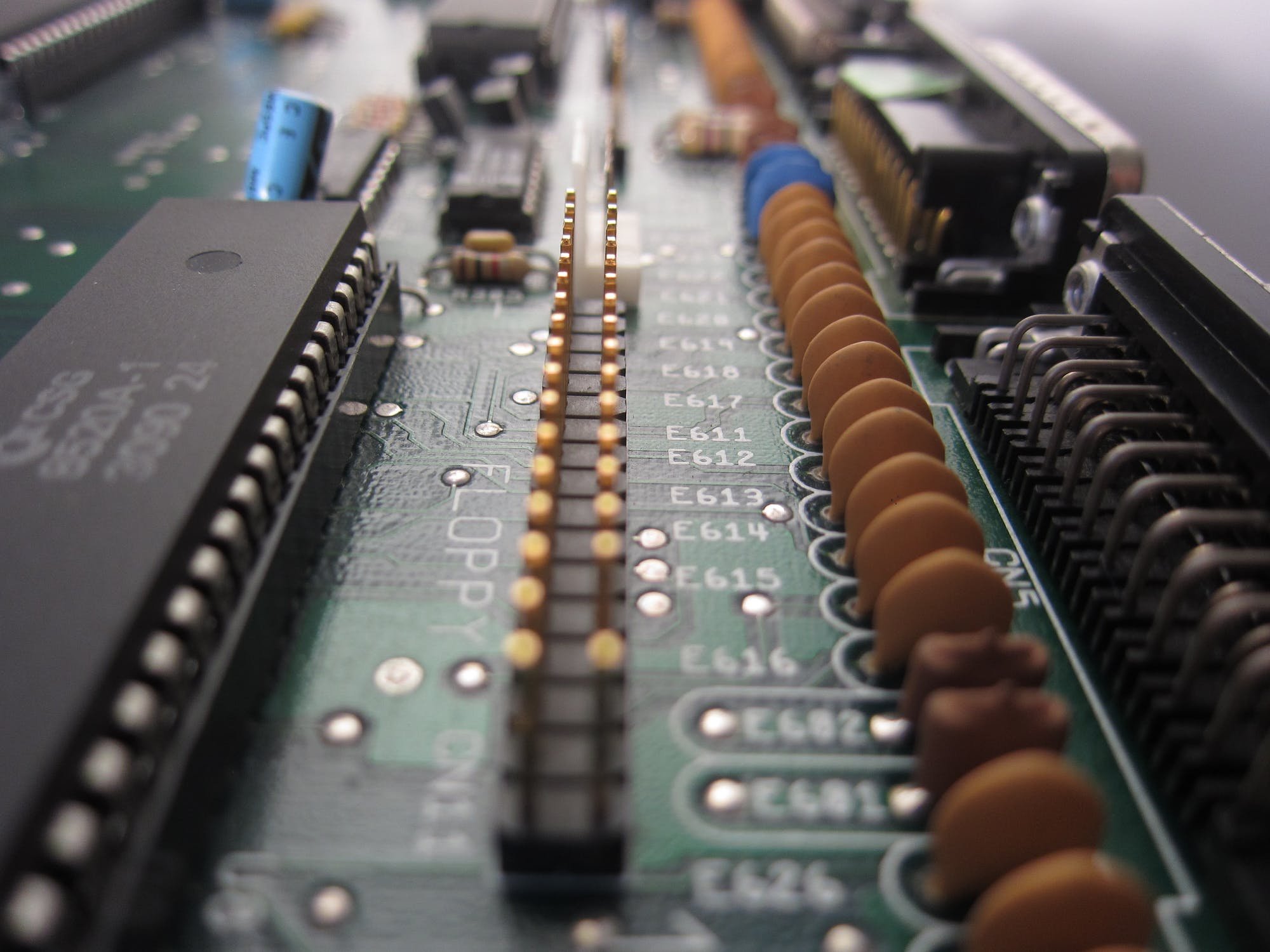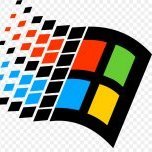-
Posts
628 -
Joined
-
Last visited
-
Days Won
32
Posts posted by jensmander
-
-
Die Verwendung von Synology-Diensten bzw. "seriennummerabhängigen Diensten" mit XPEnology verstößt gegen die Lizenzbestimmungen, zieht unnötig Aufmerksamkeit auf das Projekt und wird in den Foren-Regeln auch explizit untersagt. Dazu gehören u.a. QuickConnect u.ä.
-
Hallo.
23 hours ago, hobbele said:Jetzt frage ich mich nur ob es eine Möglichkeit gibt den Server ohne USB-Stick zu booten?
Nein, das ist nicht möglich. Der Stick wird als Emulation des Bootloaders verwendet. Es gibt keine Boot-HDD(s) wie in klassischen PCs oder Servern. Alternativ gehen - bspw. im HP MicroServer - auch SD-Karten, welche als USB Gerät angesprochen werden.
-
- Outcome of the update: SUCCESSFUL
- DSM version prior update: DSM 6.1.4 15217 Update 3
- Loader version and model: Jun's Loader v1.02b - DS3615xs
- Installation type: baremetal (Intel P55, Intel Z77, Intel Z87, Intel C232, Intel C236, AMD FM2+, HP MicroServer Gen8 Xeon)
- Additional comments: Requires reboot
-
Quickconnect soll und darf nicht mehr benutzt werden. Das steht auch in den (englischen) FAQs/Regeln.
Wie hotshots bereits sagte, wirst Du mit einem Dienst wie DynDNS oder NoIP arbeiten müssen. Anschliessend auf dem Router die entsprechenden Portfreigaben einrichten und die App entsprechend auf den DynDNS Namen konfigurieren. Wenn Du ganz sicher gehen willst, installierst Du auf der XPE den VPN-Server und öffnest die Firewall nur für das VPN. Das erfordert aber, dass Du im Smartphone vor dem Zugriff die VPN-Verbindung aktivierst.
-
- Outcome of the update: SUCCESSFUL
- DSM version prior update: DSM 6.1.4 15217 Update 2
- Loader version and model: Jun's Loader v1.02b - DS3617xs
- Installation type: baremetal (Intel P55, Intel Z77, Intel Z87, Intel C232, Intel C236, AMD FM2+, HP MicroServer Gen8 Xeon)
- Additional comments: Requires reboot
-
Works on several bare-metal systems without problems (Intel Z77, Intel Z97, Intel C232, HP MicroServer Gen8), even after a reboot.
Loader: 1.02b for DS3615xs
-
Installed on several bare-metal systems using Loader 1.02b with DS3615xs, no problems.
-
Nun, reservierter Speicher ist ja nicht gleich direkt belegter Speicher.
Welche Ausgabe liefert Dir denn "free -m" in der Konsole?
-
Applied DSM 6.1.3-15152 Update 5 to different bare-metal systems without problems (using 1.02b DS3615xs):
- Intel Z67
- Intel Z77
- Intel C232
- HP MicroServer Gen8
- AMD A75
-
Ein paar Infos zum verwendeten Loader, Versionen, der PAT und dem installierten Update wären an dieser Stelle hilfreich. Sonst bleibt uns nur die Glaskugel...
-
As svb3000 said: the project can end at any time if the dev team stops working on it. If your only intention is to use the HP Gen8 as a better network backup location in a commercial environment consider using a system like OpenMediaVault, OpenFiler or NAS4Free.
Links:
http://www.openmediavault.org/
http://www.openfiler.com/products
Just my 2 cents

-
Generating a valid serial is not that complicated when it's based on a known alogrithm. But modern systems often test them against a database. Sometimes serials and/or their resulting activation codes/checksums are attached to specific hardware parts. Synology will not block all apps in the future but - simply said - yes, that would be possible.
A prominent example is Microsoft. They block Windows Updates for Win7/8/8.1 users when they use the newest generation of Intel CPUs.
-
I wouldn't transfer any data while the system runs it's parity check. Did you also check within Control panel -> Network -> Network interface your connection speed? 1000MBit/s Full Duplex?
-
No, this isn't allowed since you're not using a real product from Synology. These services are exclusive for Synology buyers.
In addition:
https://xpenology.com/forum/announcement/2-paired-generators-mac-sn/
QuotePosts or topics discussing how to abuse Synology's servers by the use of Quickconnect for example will be locked or deleted without prior notice. Paired generators (MAC & S/N) links or tools will be deleted as well.
Posts or topics discussing how to crack Surveillance Station and/or providing links to patched/cracked SS will be deleted without prior notice. -
Hi @all.
Is it possible to block the creation of certain file types in a shared folder? I ask for an additional protection against ransomware.
Within Windows Server it is possible to block the creation of (any) file type using FSRM and PowerShell.
Example: https://gallery.technet.microsoft.com/scriptcenter/Protect-your-File-Server-f3722fce
Would this be possible with a Synology device?
-
Zugriff von außerhalb nur über VPN. Dienste wie Samba/SMB, HTTP o.ä. würde ich per NAT/FW-Regel nie "ins Netz" stellen, wenn es sich vermeiden lässt.
-
Hi @ all.
Because many users have a MicroServer running XPE please read the security bulletin from HP:
http://h20565.www2.hpe.com/hpsc/doc/public/display?docId=hpesbhf03769en_us
An update to V2.54 is recommended.
Cheers
-
 2
2
-
-
Hi.
HP StorageWorks? Das ist ein SAN-System, kein normales 2HE Servergehäuse...
Poste doch zunächst einmal, was Du überhaupt haben willst.
1.) Anzahl HDDs und Kapazität (2TB, 4TB, 6TB, usw.)?
2.) Typ HDD? S-ATA oder SAS? 2,5" oder 3,5"?
3.) Welches RAID-Level ist gewünscht? 0, 1, 10, 5, 6, etc.?
4.) Wie sieht es mit der Infrastruktur aus? Ist ein "normales" 08/15 Gbit LAN vorhanden? Soll mehr als 1Gbit Datendurchsatz erreicht werden (bspw. über LACP/Trunking), muss sowohl die Switch als auch die Client-Seite entsprechend ausgestattet und konfiguriert werden.
5.) Budget?
-
Did you check your BIOS for any activated security options (User, Master, etc.)?
It would be interesting to place both drives in slot 1&2, enable the raid mode and boot a live linux. Within the live os you could try "hdparm -I /dev/sd*" (where * is a, b or c - boot stick and hdd1&2) from a console. The output should display informations like this:
Commands/features: Enabled Supported: * SMART feature set Security Mode feature set * Power Management feature set * Write cache Look-ahead * Host Protected Area feature set [...] Security: Master password revision code = 65534 supported not enabled not locked not frozen not expired: security count supported: enhanced erase [...]"
You should get a clue if any security features are enabled or not on the drives.
-
Hi.
Yes. I have two Gen8, each filled with 4x4TB in AHCI mode. One with 4x WD Red Pro, the other with 4x Seagate ST4000VN003.
Which BIOS version does your Gen8 have? And did you try smaller models in port 1&2? Did you save your BIOS settings as user defaults?
-
1.02b worked on three different bare-metal systems for me.
Previously installed version: DSM 6.1.2-15132 @ 1.02a
- HP MicroServer Gen8 with Xeon
- Intel Z77 with Core i7
- AMD A78 FCH with A6
All systems started in "recovery mode" (DHCP). After a quick repair all systems run fine with their original configuration incl. SSD cache on the AMD system.
-
A connection over a serial port is just easier but not the only way to fix this. As mentioned in my 1st post it's possible to boot from a live linux, mount the system partitions and copy the files. Just in case you don't have a serial port/cable/etc. on consumer hardware (the HP MicroServer Gen8 has a virtual serial port to which you can connect with putty via the iLo address).
-
I discovered that creating a bond fails when your MAC adresses differs (real MACs vs MACs in grub.cfg). Had this problem on HP ProCurves and a TP-Link switch. After I corrected the MACs in my grub.cfg everything worked.
-
Before applying any brand new updates always search the forum for issues with this version. Many (brave) users post their experience with new versions of DSM and it's updates.
The reason for your problem is described here:
If you have important files on your NAS I recommend to backup these files first. You can boot from a live linux, mount the data partitions and backup your stuff. After that you can retry your "old" V1.02a flash drive and copy the files on your system partition(s) from
/lib/modules/updateto
/lib/modulesYou can do this either with a serial connection or with a live linux. Both ways are described in the above linked topic.


Seriennummer ungültig
in GERMAN
Posted
DynDNS und VPN (welches die Synology mitbringt) ist die universelle Lösung für alle Routersysteme. Dann muss es nicht unbedingt eine (neue) FritzBox sein.